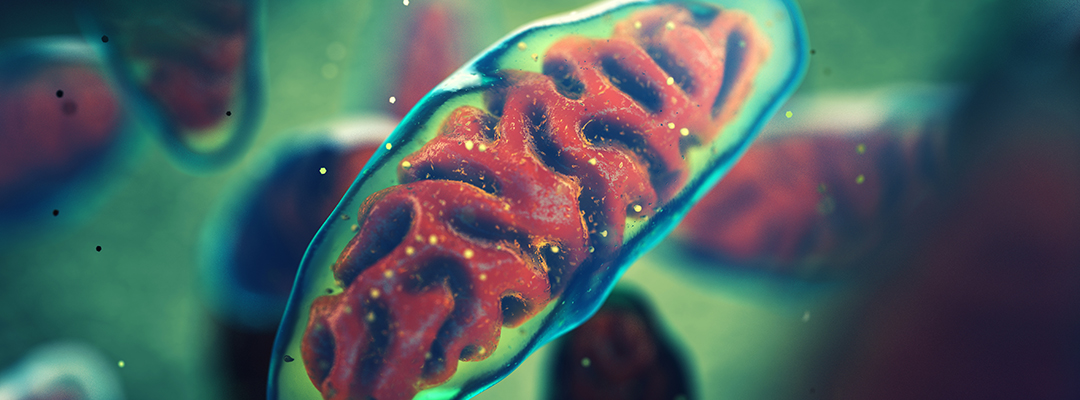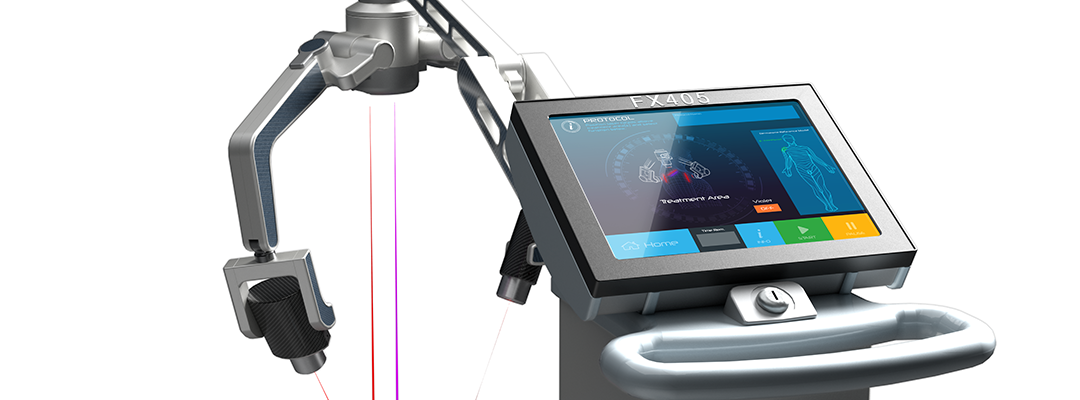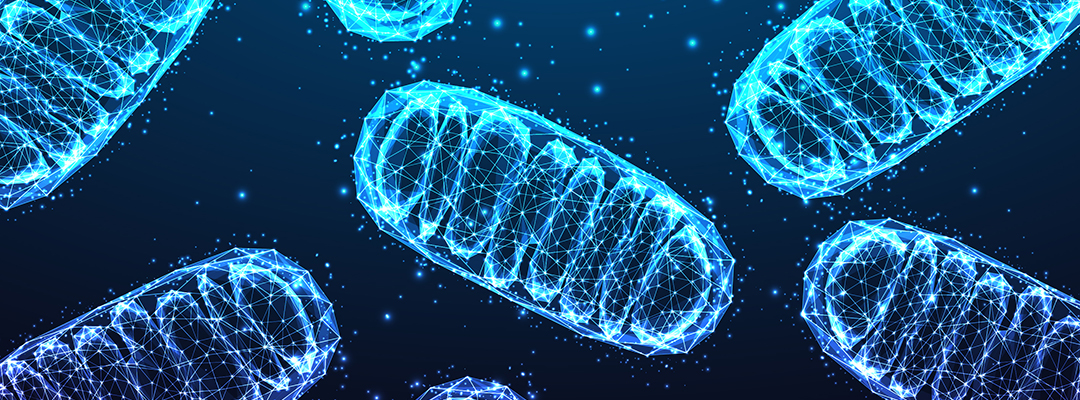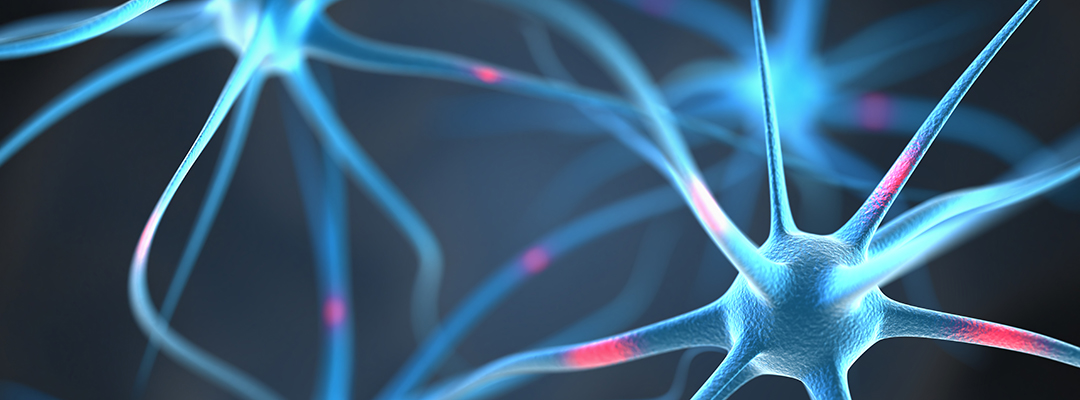
8-Minute Read
Low-level laser therapy (LLLT) is a safe and effective modality with tremendous potential in the medical field. It has numerous applications, including wound healing, pain relief, and treating musculoskeletal disorders and skin conditions.
This therapy works by stimulating the mitochondria to enhance the production of ATP, which plays a significant role in cellular energy production and metabolism, thereby promoting tissue repair. In this article, we will provide a comprehensive understanding of the importance of ATP in biological functions and its significance in LLLT.
Related: How Does Laser Therapy Work for Pain? The Science Behind the Effective Treatment
The human body is made up of trillions of cells, each with a specific function that contributes to the overall health of the body. One of the most important cellular components is ATP, which is produced in the mitochondria through the process of cellular respiration. ATP plays a crucial role in many biological processes, including metabolism, cellular signaling, and DNA synthesis.
These processes cannot occur without adequate ATP production.

Mitochondria, illustrated above in 3D, are cellular organelles responsible for producing ATP, the energy source crucial for many biological processes.
Low-Level Lasers Promote ATP Production
Several factors, such as diet, exercise, and sleep, affect ATP production. The use of LLLT is another way to enhance ATP production, thereby increasing cellular energy levels and promoting tissue repair. LLLT works by inducing photobiomodulation, which involves the absorption of light energy by the cell membrane and cytochromes in the mitochondria.

Erchonia’s FX-405 Low Level Laser induces photobiomodulation, promoting ATP production and tissue repair, resulting in improved cellular metabolism, signaling, and DNA synthesis.
This process activates a cascade of events, leading to improved cellular metabolism, signaling, and DNA synthesis, specifically by enhancing ATP production. Therefore, it gives effect to the cellular energy cycle in the human body.
One of the significant benefits of LLLT is its ability to penetrate skin tissues to specific depths and produce reactive oxygen species that activate signaling pathways for tissue regeneration, while reducing inflammation and improving blood flow. Numerous studies have shown that LLLT is an effective treatment for conditions such as acute and chronic neck and shoulder pain, lower back pain, chronic plantar fasciitis, nociceptive musculoskeletal pain, post-operative pain, and body contouring.
Red and near-infrared wavelengths are the most effective in LLLT, as they penetrate deeper into the skin and tissues. The optimal wavelength range is between 600-1000 nm, with the 780-830 nm range being the most effective for cellular penetration.
Other significant factors that impact the effectiveness of LLLT include the duration and frequency of treatment and the energy density of the laser. Understanding these factors is crucial in maximizing the benefits of LLLT and using this modality to its full potential.
What is the importance of ATP in biological functions?
ATP plays a crucial role in various biological functions. The most important function of ATP is to provide energy to the cells. The energy stored in ATP molecules is used to power all cellular processes such as muscle contraction, nerve impulse transmission, and protein synthesis.

Mitochondria, which produce ATP, are essential for providing energy to power all cellular processes and in signal transduction
ATP is also important in signal transduction. In neurons, for example, it is released from a presynaptic neuron and binds to receptors on a postsynaptic neuron, triggering the release of neurotransmitters. This process is essential for communication between neurons and is crucial for cognitive functions such as memory and learning.

Neurons in the brain rely on the release of ATP for signal transduction, which is essential for cognitive functions such as memory and learning.
In addition to being a source of energy, ATP also acts as a coenzyme. Coenzymes are molecules that work with enzymes to facilitate biochemical reactions. ATP is involved in several enzymatic reactions that are necessary for various metabolic processes such as the breakdown of glucose.
ATP is constantly being produced and consumed within cells. Cells generate ATP through cellular respiration, a process in which glucose and oxygen are converted into ATP and carbon dioxide. ATP is then broken down to release energy during cellular processes. The turnover of ATP is high in cells, and cells must continuously produce ATP to maintain their energy needs.
Medical Applications of Low-Level Laser Therapy
LLLT stimulates the mitochondria to enhance the production of ATP and cell metabolism, thereby increasing cellular energy levels and promoting tissue repair.
Additionally, LLLT penetrates skin tissues to specific depths and produces reactive oxygen species that activate signaling pathways for tissue regeneration, while reducing inflammation and improving blood flow.

Low-level lasers are gaining popularity as a safe and effective modality in doctors’ offices for various medical applications such as pain relief, wound healing, and treating musculoskeletal disorders.
Several factors affect ATP production and thus the effectiveness of LLLT. One key variable is the wavelength of the laser, with red and near-infrared wavelengths providing optimal results. Other factors include the duration and frequency of the treatment and the energy density of the laser. Understanding these factors is crucial in maximizing the benefits of LLLT and using this safe and increasingly popular modality to its full potential.
The Future of LLLT
LLLT is an evolving field that offers potential benefits for disease management. As technology advances, LLLT is expected to become more prevalent in medicine, especially for pain management, neurodegenerative disorders, metabolic disorders, sports medicine, and aesthetic purposes.

LLLT is an evolving field that is expected to become more prevalent in the future for various medical applications, including pain management and neurodegenerative disorders.
Furthermore, LLLT may expand into new areas of medicine and become a mainstream treatment option as more research supports its effectiveness and safety. With advancements in devices and equipment, LLLT could become even more accessible for a wider range of conditions including: Increasing use for pain management, expansion for neurodegenerative disorders, and an increased use in sports medicine.
Related: Forecasting the Next 20 Years of Low-Light Laser Therapy in Medicine
In conclusion, LLLT is a safe and effective therapy that offers several medical applications, including pain relief, wound healing, treating musculoskeletal disorders, and skin rejuvenation. It works by enhancing ATP production, which energizes the body’s cellular functions and facilitates tissue repair.
Understanding the factors of effectiveness of LLLT, such as wavelength, duration, frequency, and energy density, is crucial in maximizing its benefits. With emerging technologies, LLLT is poised to become an essential tool in the treatment of many chronic and acute conditions, bringing hope for a faster recovery and improved quality of life.
Reach out to Erchonia today to learn more about this rapidly evolving technology
Not All Light is the Same [Free eBook Download]
Discover the benefits of Low-Level Laser Therapy (3LT®) by Erchonia, a world leader in the field of 3LT® technology. Learn how 3LT® can help reduce the need for prescription opioids for chronic low back pain, the science behind 3LT® and the difference between visible lasers and infrared lasers.
Related: Benefits of Implementing Laser Therapy in Your Practice
Sources:
1. Berg, J. M., Tymoczko, J. L., & Stryer, L. (2002). Biochemistry (5th ed.). New York: W.H. Freeman.
2. Lodish, H., Berk, A., Zipursky, S. L., & Matsudaira, P. (2000). Molecular Cell Biology (4th ed.). New York: W.H. Freeman.3. Avci, P., Gupta, G. K., Clark, J., & Wikonkal, N. M. (2013). Low-level laser therapy for healing of bone fractures: a systematic review and meta-analysis. Lasers in Medical Science, 28(3), 969-976.
4. Chen, A. C., Arany, P. R., & Huang, Y. Y. (2011). Low-level laser therapy: a review of its applications in dermatology. Dermatologic Surgery, 37(4), 572-583.
5. Chow, R. T., Johnson, M. I., Lopes-Martins, R. A., & Bjordal, J. M. (2009). Efficacy of low-level laser therapy in the management of neck pain: a systematic review and meta-analysis of randomized placebo or active-treatment controlled trials. The Lancet, 374(9705), 1897-1908.B. Mechanism of Action of Low-Level Laser Therapy



